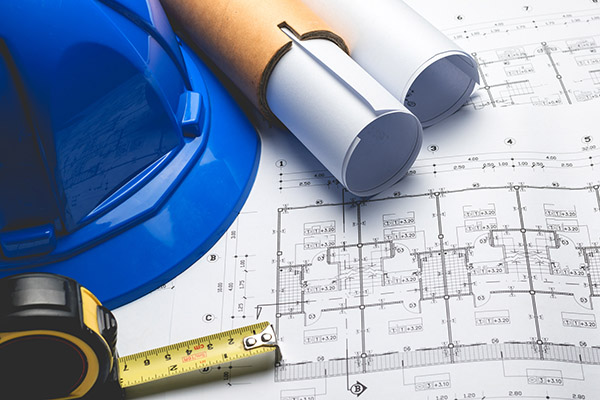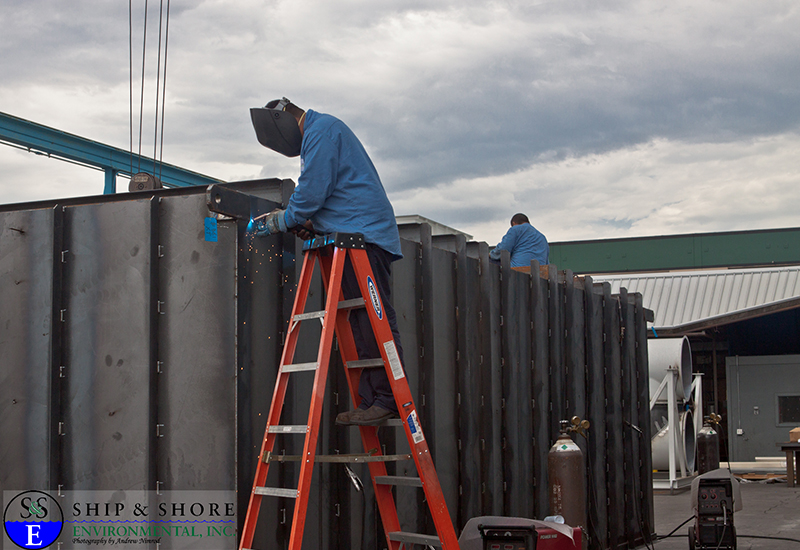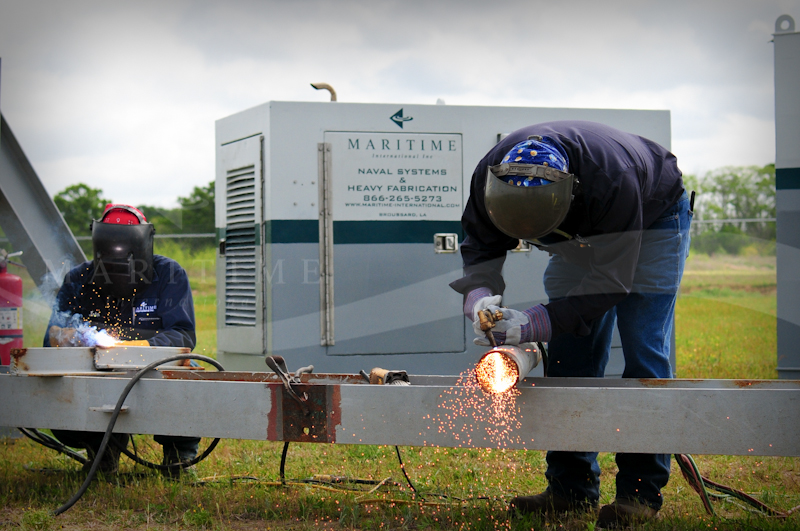Ship & Shore Environmental provides Preventive Maintenance (PM) Inspections & necessary services including repairs, retrofits, and spare parts that help ensure your oxidizer is performing at optimum level. We have the capability and trained technicians to service most oxidizer brands in the market and offer compatible aftermarket products such as heat-exchangers, condensing economizers, waste heat solutions and PLCs.
NFPA 86 and some air permits require oxidizer operators to have scheduled maintenance programs for their systems. We offer annual, semi-annual and quarterly PM Services. An inspection and evaluation report of your system including a checklist of recommended repairs, spare parts, upgrades, etc. provides valuable information for improving equipment life & reducing downtime.
Getting Started
Preventive Maintenance starts with an in-house review of your oxidizer and process diagram followed by audit of system’s operation. Customers receive a detailed report with recommendations for improving performance, reliability, and safety, upon completion of the inspection service.
S&SE PM Inspections are broken down into the following categories but may vary based on type of equipment and model:
Internal & External Mechanical Inspection
External and Internal Mechanical Inspections include but are not limited to: Reactor Chambers, Access Doors, Compressed Air Train, Valves, Media or Catalyst, Insulation, Fan(s), Ductwork and Exhaust Stack, Fuel Train, Burner(s), Expansion Joint(s), Control Panels, Dampers, Collection Plenum, and Flame Arrestor.
Electrical Inspection
Inspection and Component Tests include but are not limited to: Thermocouples, Switches, Actuators, Variable Frequency Drive (VFD), Motors, Starters, Burner Control System, Temperature and Pressure Controllers, Chart Recorder, Lights, Relays, Timers, Emergency Stops, Disconnects, Human Machine Interface (HMI) and Modem
Process Control Analysis
Process Control Analysis includes but is not limited to: System Startup Cycle, Online Conditions, Safety Shutdowns, Alarms, Pressure Control Loops, Valve Cycling, Temperature Profile, Burner Tuning, and Airflow Verification.
Check Critical Parameters
As your oxidizer system get old, you should check critical parameters of your system like TER (thermal energy recovery). After 5 years operation, an average sized RTO designed for %95 TER may slipped to %93 TER. It may reluctant even in the maintenance department. Running a full operating at %93 TER verses %95 TER could add more operation cost.
Download a list of common RTO alarms & troubleshooting examples.
Evaluate the Operating Cost
Typically, peak of VOC (Volatile Organic Compound) determines your oxidizer design, but average VOC load determines your operating cost. Evaluating and learning about your estimated operating costs can help determine steps to take to reduce the costs associated with thermal oxidizers. Some systems have high thermal efficiencies, requiring minimum amounts of utility to sustain the operating temperature and therefore minimizing operating costs.
Spare Parts
Operating an oxidizer is a long-term commitment. In addition to operational data logs, EPA & local environmental agencies require accurate documentation of oxidizer service & maintenance records. Part of that may include having the necessary spare parts on hand for your oxidizer system to prevent down time as well as compliance issues.
Additional Services
Additional services include – but are not limited to: Emission Monitoring of Process, Destruction Efficiency Checks, Onsite Analysis, Laboratory Analysis, Catalyst Activity Testing, System Inlet Balancing. If operation systems/equipment was affected by environmental requirements, appropriate documentation needs to be recorded. The owner/permit holders are required to show the maintenance document to air quality agent in a manner that provides assurance of continued and ongoing compliance.





